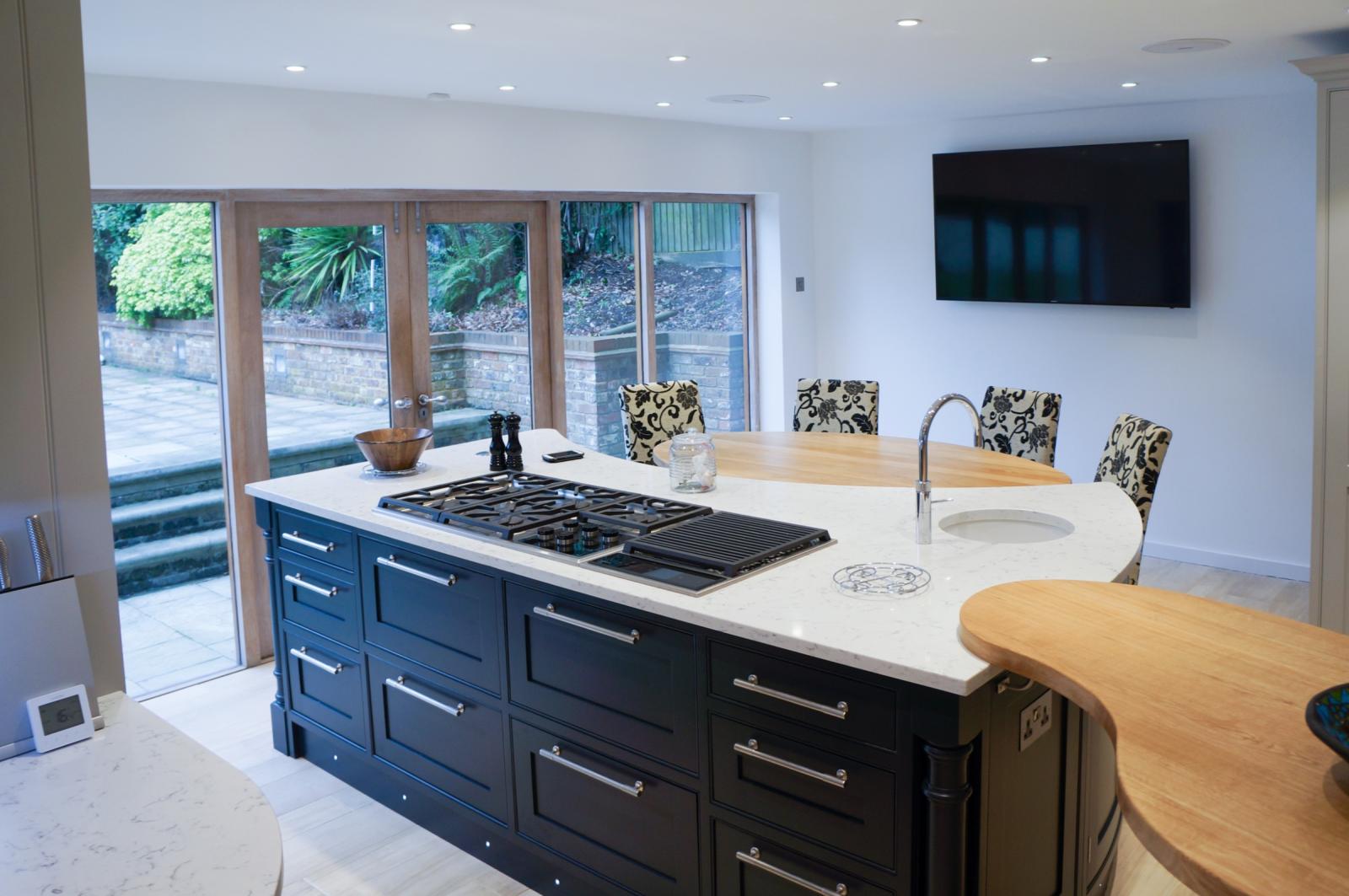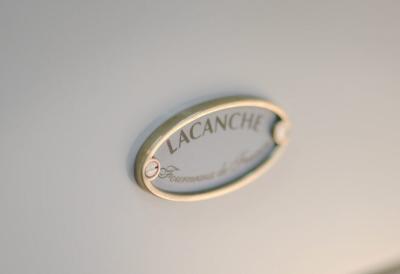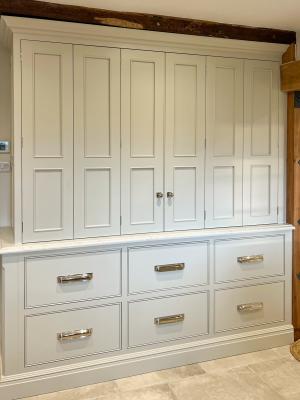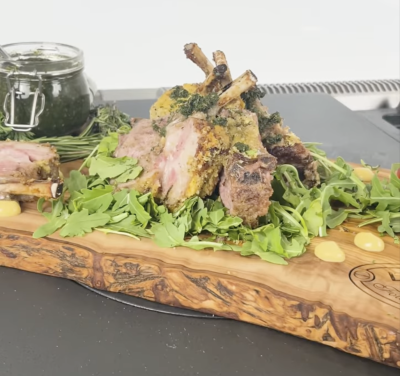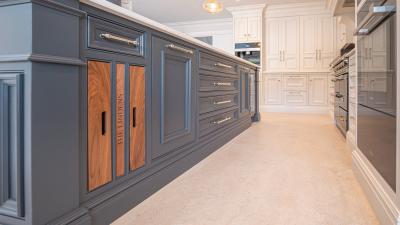Functional Design Elements for the Home Chef
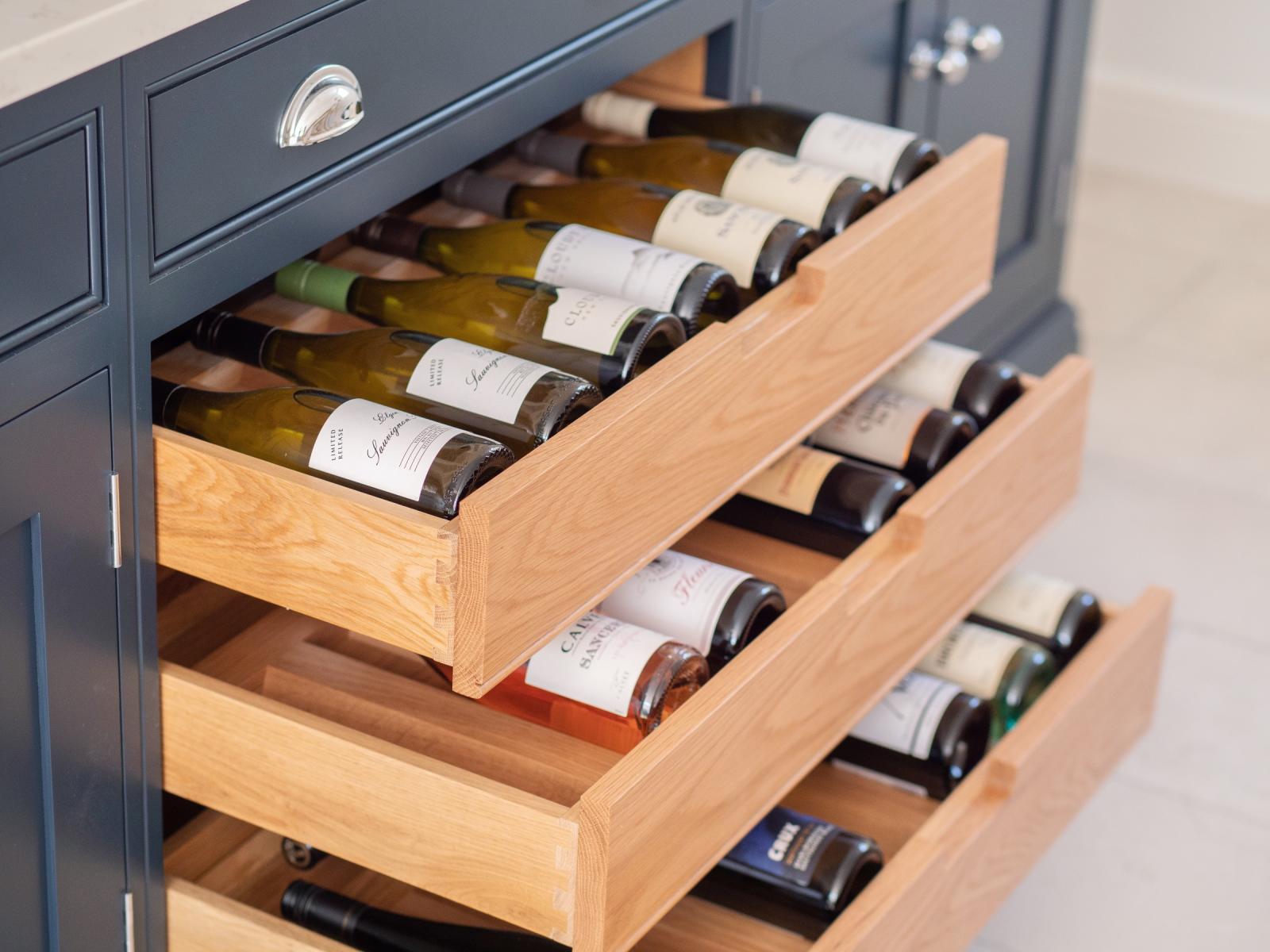
For the passionate home chef, the kitchen isn’t just a place to prepare meals - it’s a creative workspace, a gathering spot, and often the heart of the home. A well-designed kitchen goes beyond aesthetics; it prioritises functionality, ensuring that everything works seamlessly to support efficiency, safety, and inspiration. Incorporating key functional design elements can elevate the cooking experience from routine to exceptional.
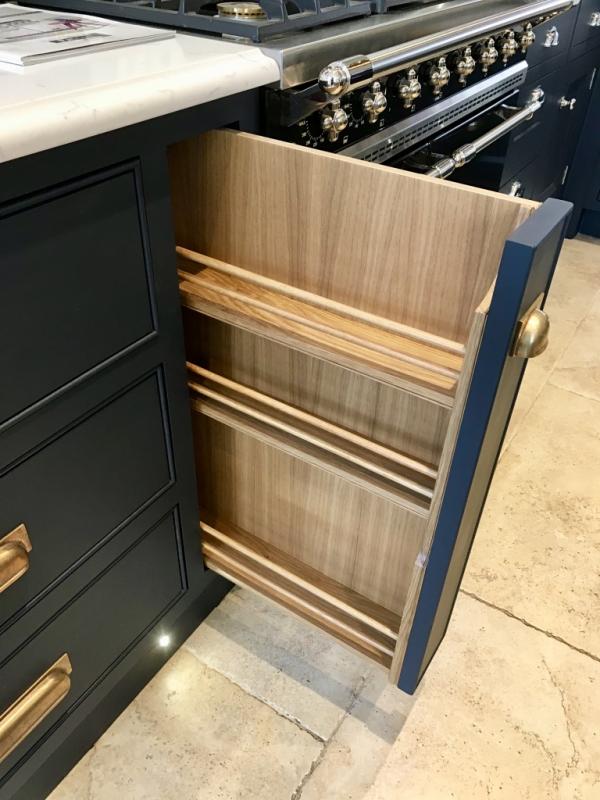
Smart Storage Solutions
Clutter is the enemy of efficiency. Strategic storage - custom cabinetry, deep drawers, pull-out shelves, and vertical racks - can help organise tools and ingredients.
Consider zones: keep pots and pans near the stove, knives and cutting boards near prep areas, and baking supplies in a designated drawer or cabinet. A well-placed spice rack, lazy Susan, or hanging pot rack can provide both function and flair, saving space while keeping essentials accessible. A Simon's bespoke larder could provide the space efficient storage you're looking for.
Durable Easy Clean Surfaces
Home chefs benefit from surfaces that can withstand heat, spills, and heavy use. Quartz countertops, for instance, are non-porous, low-maintenance, and highly durable (we've covered choosing a worktop before). Stainless steel backsplashes and appliances are resistant to stains and bacteria, and they give a professional kitchen feel. Similarly, choose flooring like tile or LVT that resists slipping and is easy to clean - important for safety and maintenance.
Task Lighting
General overhead lighting isn’t enough for precision work like chopping or reading recipes. Under-cabinet lighting illuminates countertops, while pendant lights over islands or breakfast bars add focused brightness and style. Consider LED lighting for energy efficiency and warmth. A well-lit kitchen not only enhances visibility but also contributes to the overall ambiance.
Ventilation and Air Quality
Proper ventilation is often overlooked but essential. A high-quality range hood removes cooking odours, steam, and airborne grease, preserving air quality and preventing damage to cabinetry and walls. Look for hoods with adequate CFM ratings (cubic feet per minute) that match your stove’s output. There are also options for built-in ventilation like NEFF's induction hobs.
Ergonomic Considerations
Design your kitchen to reduce strain. Wall ovens at chest height, touch-less faucets, and pull-out waste and recycling bins are small upgrades that offer big ergonomic benefits. Adjustable shelving and toe-kick drawers can also improve comfort and accessibility for chefs of all ages and abilities.
In summary, functional design is the foundation of a great kitchen. When space, storage, lighting, and layout are thoughtfully aligned with the needs of a home chef, cooking becomes a joy rather than a chore. Whether you’re renovating or building from scratch, incorporating these functional elements will help turn your kitchen into a true culinary haven.

